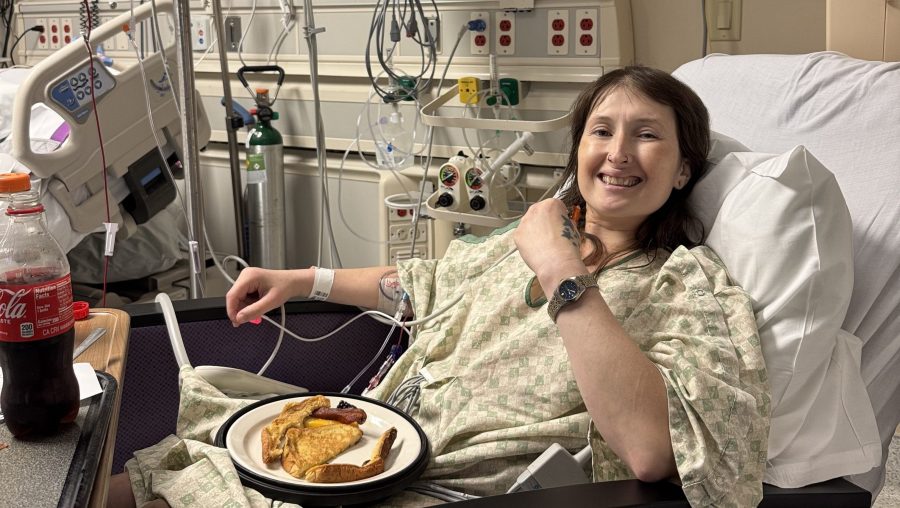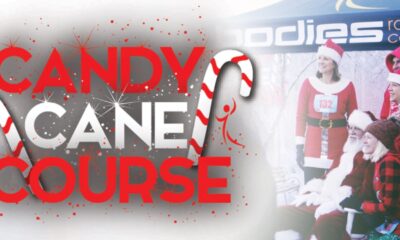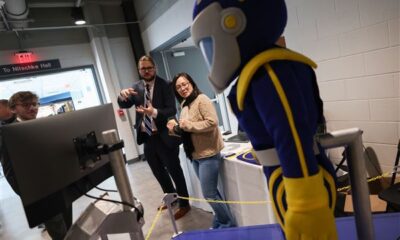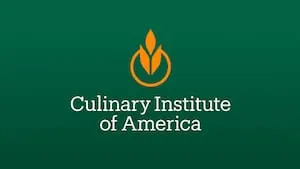Science
Austin Surgeon Revolutionizes Open Heart Surgery with Cryotherapy

A groundbreaking approach to open heart surgery has emerged in Austin, Texas, where Dr. Eric Hoenicke has introduced cryoanalgesia to reduce patient pain. This innovative technique was recently applied to 38-year-old Anastasia Allen, who required a replacement for a heart valve that had been previously installed a decade ago. Allen’s experience highlights the significant impact of this method on recovery and pain management.
In her previous surgery, Anastasia Allen faced intense discomfort during her recovery. Reflecting on that experience, she described post-operative movements as torturous, remarking that even a sneeze required mental preparation. After ten years, when her heart valve needed replacement, she underwent a procedure that utilized subzero temperatures to alleviate pain.
Dr. Hoenicke, a surgeon at Cardiothoracic and Vascular Surgeons (CTVS), utilized a specialized tool from AtriCure designed for this purpose. The device operates much like a gun, with a flexible hose leading to a metal ball that is cooled by liquid nitrogen, reaching temperatures of approximately -70 degrees Celsius. This cold application effectively stuns the nerve bundles surrounding the heart, which are responsible for transmitting pain signals.
“There are a number of nerves that go to the sternum that are responsible for pain sensation,” explained Dr. Hoenicke. “It’s akin to giving a lidocaine injection to those nerves.” This technique not only minimizes the requirement for narcotics but also helps patients return to their daily lives more comfortably and rapidly.
Cryoanalgesia has the potential to transform the recovery process for the approximately two million open-heart surgeries performed annually in the United States, according to data from the National Institutes of Health. Dr. Hoenicke is among the few heart surgeons in the country employing this innovative technique, making a significant contribution to the field of cardiac surgery.
The benefits of this approach extend beyond just pain reduction. Traditionally, recovery from open-heart surgery can take weeks or even months, with patients often relying on narcotics to manage discomfort. Allen noted that during her first surgery, patients would report pain levels of between four and five on a pain scale. This time, however, she moved freely and reported no pain, a stark contrast to her earlier experience.
“With the use of this cryo nerve block, we can decrease the use of narcotics and get patients home comfortably and sometimes even faster,” Dr. Hoenicke stated. The cold application to the nerves can last for weeks, providing prolonged relief as the nerves gradually regain sensation.
Cryoanalgesia is not limited to open-heart surgeries; it is also utilized in other procedures such as cardiothoracic surgeries and pectus excavatum repairs. This technique highlights a progressive shift in surgical practices, prioritizing patient comfort and recovery.
Anastasia Allen’s experience underscores the potential for innovation in healthcare to significantly improve patient outcomes. With her recovery expedited and pain effectively managed, she advocates for wider adoption of cryoanalgesia, expressing disbelief that it is not a standard practice for all surgeries. Her story serves as a testament to the evolving landscape of surgical care, where patient comfort and efficiency can coexist through advanced techniques.
-

 Technology5 months ago
Technology5 months agoDiscover the Top 10 Calorie Counting Apps of 2025
-

 Health3 months ago
Health3 months agoBella Hadid Shares Health Update After Treatment for Lyme Disease
-

 Health3 months ago
Health3 months agoErin Bates Shares Recovery Update Following Sepsis Complications
-

 Technology4 months ago
Technology4 months agoDiscover How to Reverse Image Search Using ChatGPT Effortlessly
-

 Technology1 month ago
Technology1 month agoDiscover 2025’s Top GPUs for Exceptional 4K Gaming Performance
-

 Technology3 months ago
Technology3 months agoElectric Moto Influencer Surronster Arrested in Tijuana
-

 Technology5 months ago
Technology5 months agoMeta Initiates $60B AI Data Center Expansion, Starting in Ohio
-

 Technology5 months ago
Technology5 months agoRecovering a Suspended TikTok Account: A Step-by-Step Guide
-

 Health5 months ago
Health5 months agoTested: Rab Firewall Mountain Jacket Survives Harsh Conditions
-

 Lifestyle5 months ago
Lifestyle5 months agoBelton Family Reunites After Daughter Survives Hill Country Floods
-

 Health3 months ago
Health3 months agoAnalysts Project Stronger Growth for Apple’s iPhone 17 Lineup
-

 Technology4 months ago
Technology4 months agoHarmonic Launches AI Chatbot App to Transform Mathematical Reasoning




















